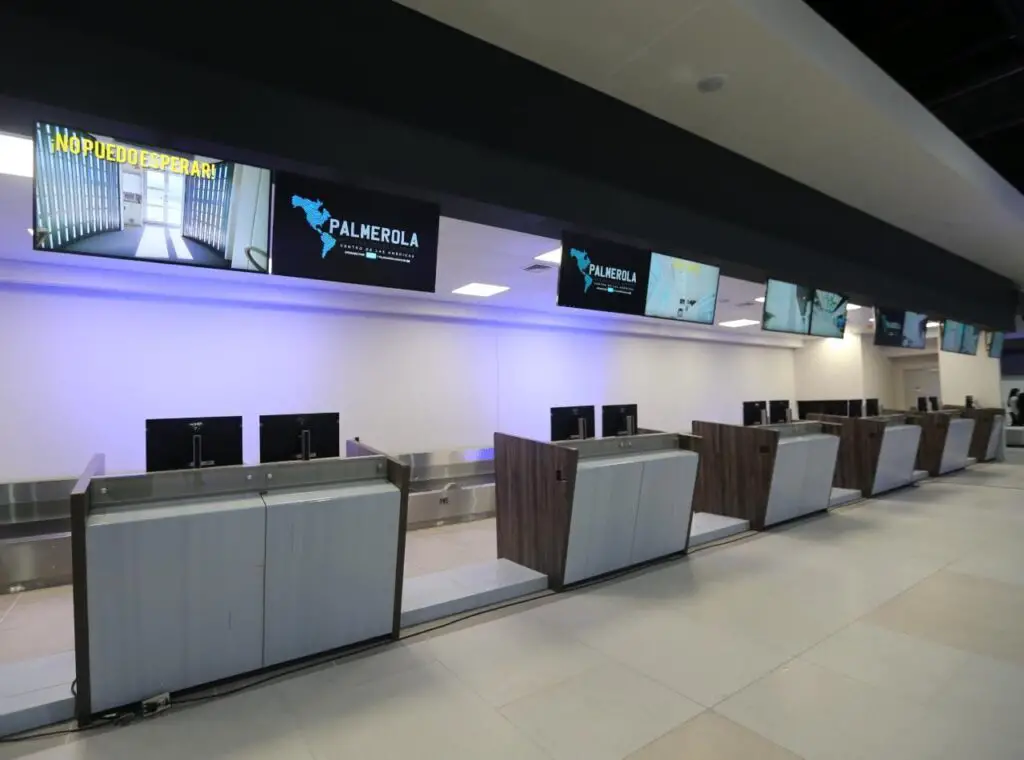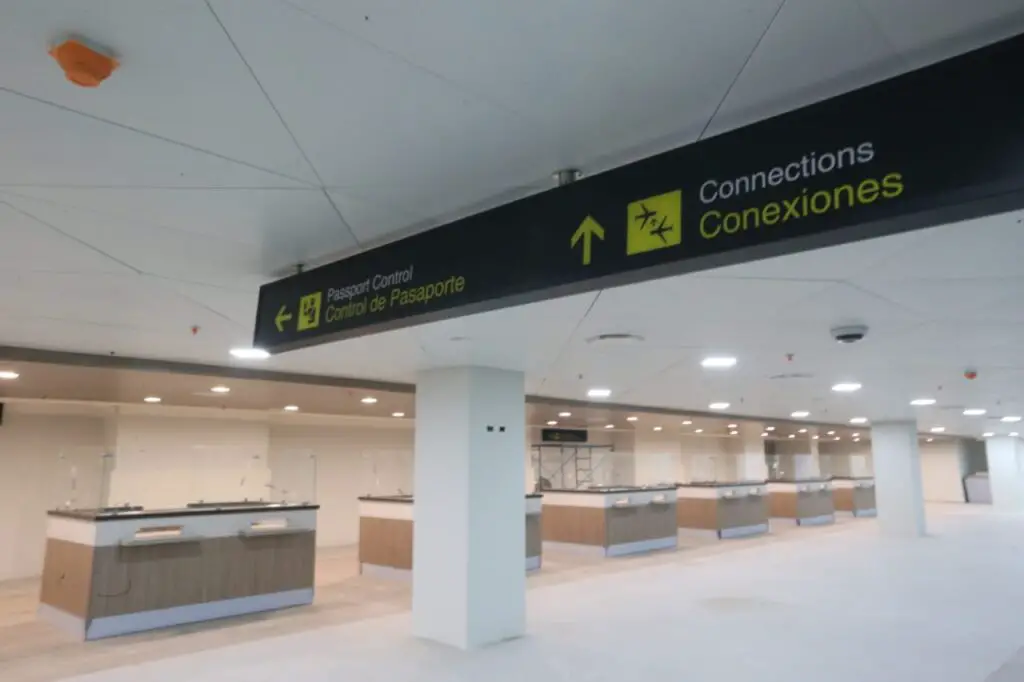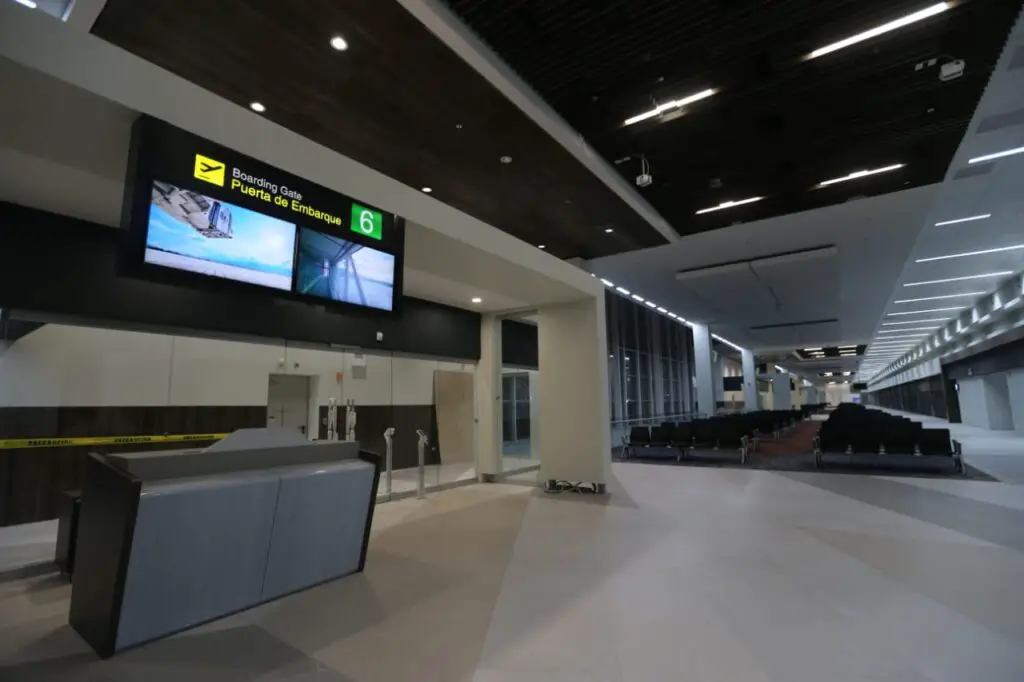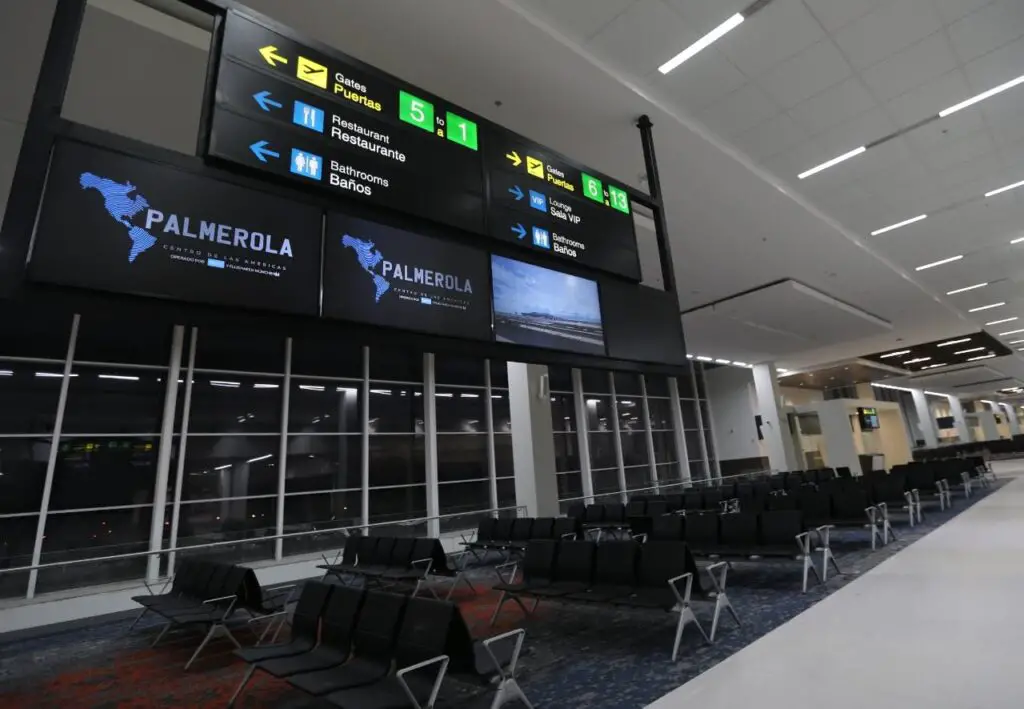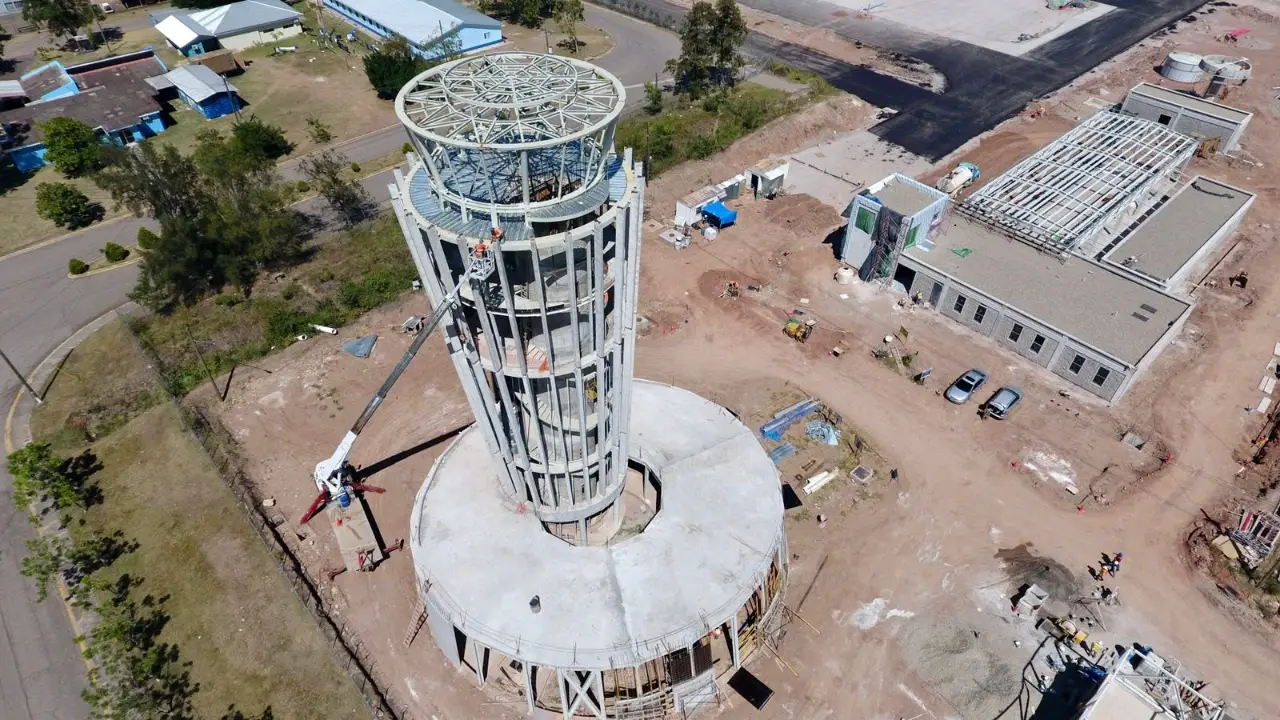On October 15, the Honduran government unveiled the Palmerola International Airport, which will serve Tegucigalpa. The new infrastructure will provide more international flights and greater capacity than the Toncontin International Airport.
Developed under the public-private partnership (PPP) model, the airport involved an investment of more than USD 235 million, from which Spain contributed USD 53 million as part of a program to reconvert its debt with Honduras.
The new terminal is being built adjacent to the facilities of the José Enrique Soto Cano Air Base, located in the Comayagua Valley, 75 kilometers from Tegucigalpa.
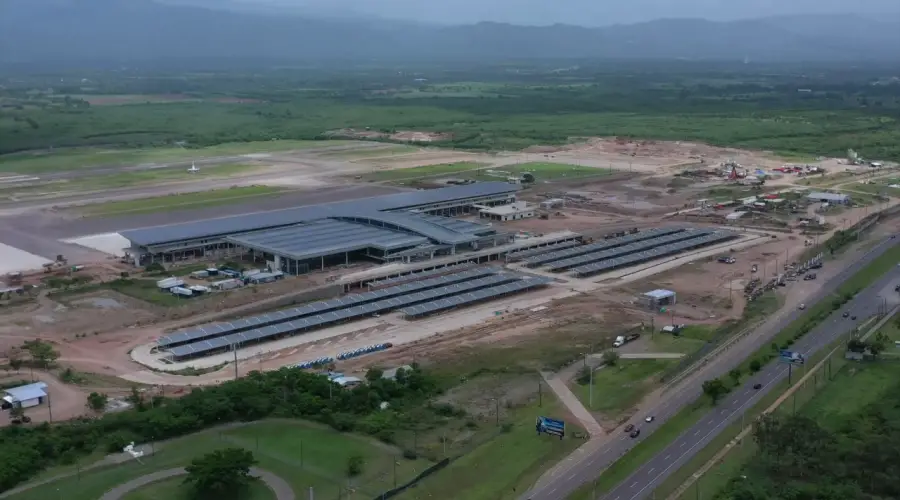
The new airport has an 11,150m² passenger terminal divided into two floors and includes 16 check-in counters, VIP lounges and thirteen boarding gates; with six remote ones. The terminal will be powered by solar panels.
The airport will also have a 1,500m² air cargo terminal, a new control tower, hangars, auxiliary buildings, and a taxiway to connect the apron, as well as aircraft parking spaces for general, regional and commercial aviation.
Other facilities include a fire station, multipurpose buildings, and a modernized parking area. Access to the terminal will be provided by a roadway linking the CA-5 highway with Yarumela.
The 2,440-meter-long runway was refurbished to accommodate larger aircraft, including wide-body aircraft. It will be equipped with an instrument landing system (ILS), improving safety and consistency in low visibility conditions. In contrast to the runway at Toncontín airport, the new runway can be extended in the future.
Transferring passengers to Tegucigalpa has been facilitated by the introduction of Palmerola Connect, which will link the Palmerola and Toncontín terminals with five buses free of charge.
The five units will be equipped with Wi-fi, luggage space, TV screen, bathrooms, air conditioning, and other amenities for the traveler’s comfort. The services will leave according to the departure and arrival times of Palmerola’s flights, giving passengers three hours’ advance notice prior to the departure of their connections.
Pre-pandemic, Honduras handled annual traffic of 1.8 million passengers, and one-third of them were concentrated at Toncontín. The construction and planning of this new airport is intended to centralize the international operations of the Honduran capital. The operational risk presented by the current Tegucigalpa airport is latent as passenger traffic grows.
The new Palmerola control tower will be one of the last works to be delivered. Photo: Government of Honduras
Between controversy and new opportunities
This construction has been criticized by some sectors because it will imply the suspension of international flights from Toncontín, which would only be operational for Central American regional, local and private flights.
The official argument for building a new airport for the Honduran capital at Palmerola is the short runway at Toncontín, which does not allow the landing of large aircraft, and the high cost of operations, which affects the final cost for passengers.
According to the latest PCM resolution 099-2021, companies will be able to begin the transition of Toncontin flights to Palmerola. Today, the terminal construction is 95% complete and the entire project, including the cargo terminal and the new control tower, is expected to be completed by May 2022.
Peter Fleming, CEO of EMCO Group’s airport division, said that Palmerola will attract new opportunities in the sector for travelers, especially from the central zone. Aeromexico (Mexico City), Volaris (El Salvador), and Spirit (Fort Lauderdale, Miami, and Houston) have been the first airlines to announce their landing at the new airport.
The new airport will generate 2,000 new jobs, and a portion of Toncontín’s employees will be transferred to the new terminal.


